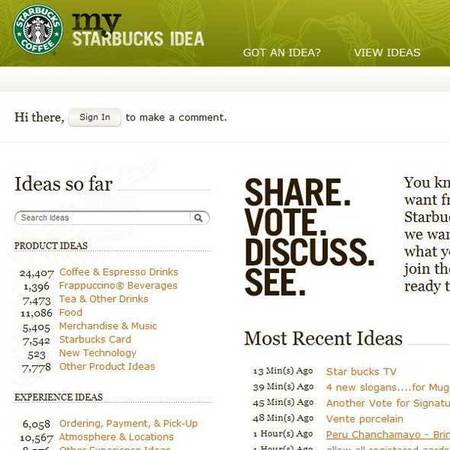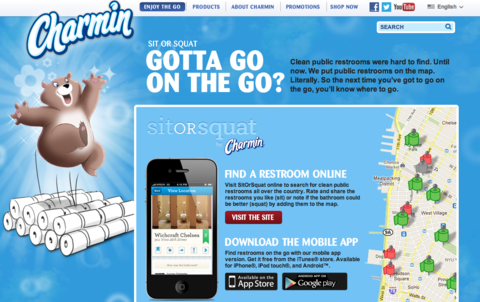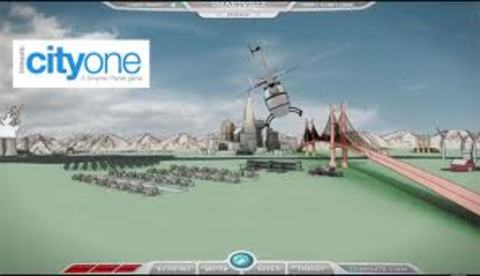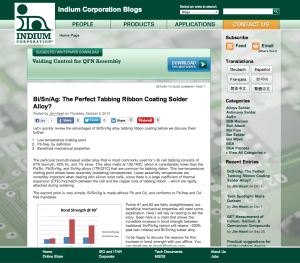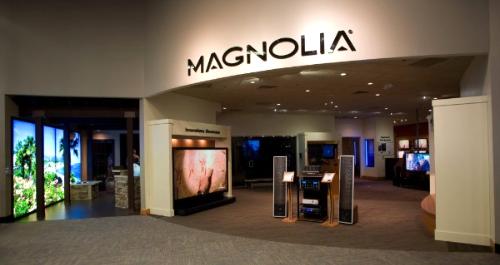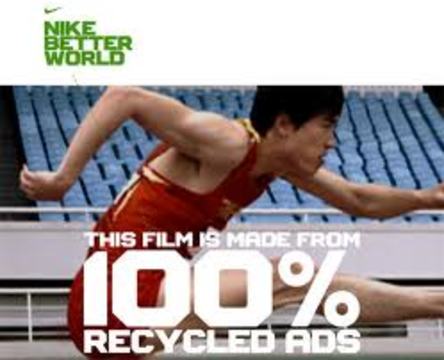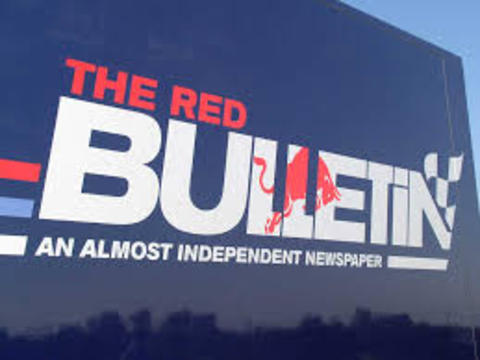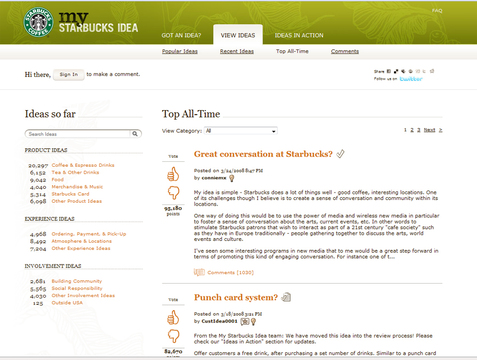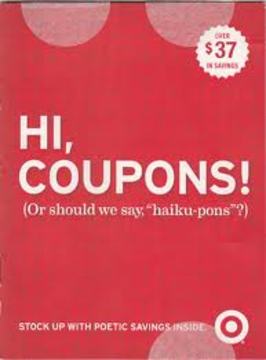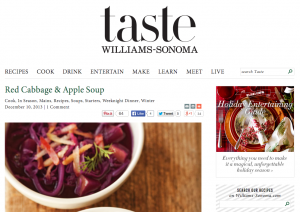Content marketing is a marketing technique of creating and distributing relevant and valuable content to attract, acquire and engage a clearly defined and understood target audience. The objective is to drive and sustain positive and profitable customer actions.
What companies do content marketing well? Where is is found? How do they keep it going? What are results? Why does it work?
Here’s how 15 brands create great content marketing that works.
- CHARMIN (MOBILE APP): From P&G, Charmin has a mobile app that helps people find clean public toilets in any city they are at any time.
- DOLLAR SHAVE CLUB (VIDEO): Spent $4,500 on a video that got 9.5 million views, 23,000 followers on Twitter and 76,000 Facebook Fans. Most important, they got 12,000 new customers in 2 days.
- GENERAL ELECTRIC (ONLINE MAGAZINE): General Electric uses a content tactic called Ecomagination to tell its story of the 132-year-old brand through different content channels.. It is set up as a magazine forum with an experienced managing editor, editor-a-large and editorial staff of writers and journalists. The key metric used to determine the success of this content marketing initiative is sharing.
- GENERAL MILLS (COOKING COMMUNITY): For Tablespoon.com, an online resource of cooking and recipes for all levels, General Mills watches numbers on social sites like Pinterest and Facebook. They considered it a success to move from 15 followers on Pinterest to close to 8,000 in about a year.
- GOOD GREENS (BLOGGER RELATIONS): Good Greens, gluten free, dairy free, natural super bars with 40 antioxidants and 3 probiotics, was founded by Keith Pabley in 2011. Pabley didn’t have a large marketing budget. Instead, he build relationships with local bloggers to increase the number of reviews, mentions and search engine results for Good Greens. Sales jumped 50% in 4 months.
- GUITAR CENTER (YOUTUBE CHANNEL): Their innovative, fun and unique videos speak to a very targeted audience in the ways they want to converse: Through music. The Guitar Center TV Channel on YouTube also seamlessly integrates with the company’s website, provides an open forum for discussions from passionate players and features company promotions.
- IBM (GAMIFICATION): IBM has long been a leader in gaming-as-content, breaking new ground with its business simulation game, called “CityOne.” In this game, players solve problems in four key areas – banking, retail, energy and water. To date, “CityOne” has racked up to 18,000 players from more than 130 countries since its launch in 2010, proving simulation gaming may be a powerful new content initiative that can engage, educate and influence.
- INDIUM (BLOG SERIES): Sixteen engineers from Indium have discovered content gold with their “From One Engineer to Another” blog. Through it, they produce valuable content, videos and answer questions about a variety of engineering topics (e.g., how to set up and operate the Indium sulfamate plating bath). Even if you don’t know what that means, you can appreciate what they are striving for: to bring ideas to life through interactive conversations.
- MAGNOLIA (MINI-MAGAZINE): The family opened Magnolia in 1954 as a photography store. Then they started selling electronics. A fellow named Roger Parker had an idea. With his help, they launched the “Buyer’s Guide Place,” a mini-magazine that educated shoppers on electronics. It transformed their business. Magnolia sold to Best Buy for $87 million.
- NIKE (MICROSITE): The Nike Better World microsite uses HTML5 to present content in a hip storyboard-style that amasses all the goodness of the brand and delivers it in an unusual, scrolling format. Best of all? The attention-grabbing “Better World” video is made from “100% recycled advertising.” How green is that?”
- ORALBRUSH (VIDEO): Oralbrush had been around for 10 years, begging dentists and retailers to carry their products with limited success – they took off after they launched a $500 video around a “Bad Breath Test.” The Orabrush channel has had over 40,000,000 views, 340,000+ Facebook Fans and 5,000+ Twitter Followers.
- RED BULL (MAGAZINE APP): What do you think about when you hear the word “Red Bull?” Energy? Extremism? Excitement? Red Bull has done an excellent job building its brand on a few consistent themes that permeate every aspect of the company, from goofy cartoon ads to rockin’ live events.
- STARBUCKS (USER GENERATED CONTENT): Starbucks launched an online community – mystarbucksidea.com to promote communication between the company and it’s customers. The community is used by Starbucks to review and promote ideas. With 3 million visitors and 60,000 ideas from customers, “we used to launch a new product and it cost millions of dollars. Now, when we launch a new product, we already have millions of fans,” say Chris Bruzzo, Vice President Brand, Content and Online at Starbucks.
- TARGET (COUPON MAILERS): These mailers, called “Haiku-pons,” contained discounts and coupons served up with brief, creative Haiku poems. This is a great example of how to use humor and a unique approach to an otherwise traditional marketing medium – print – to make your content marketing initiatives stand out. Spicing up the home mailersgave Target a bit of an edge, offering up a dose of personality to brighten up mailboxes.
- WILLIAM SONAMA (BLOG MAGAZINE): The Taste blog is “a great online lifestyle magazine and complements the products it’s selling.”
Many of these examples have been going for years. It proves, when there is relevant content that your audience gets involved with and shares, content marketing is one of your productive, profitable and long standing business assets.
Do these examples help you see what content marketing can do for a business? How it can work for yours?

